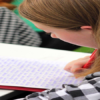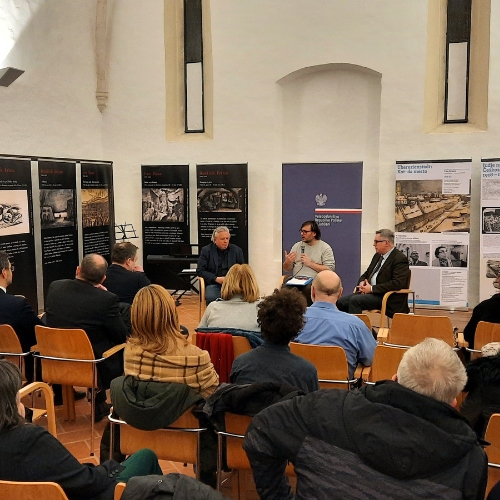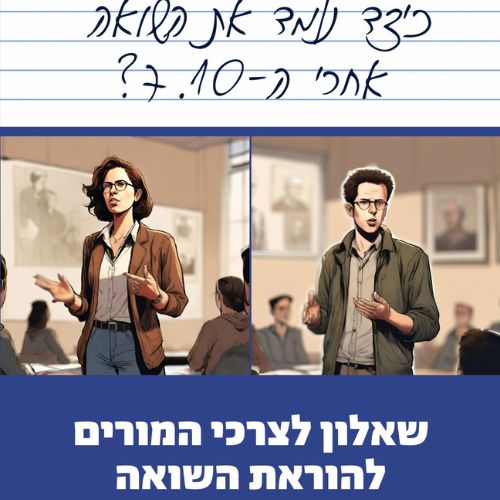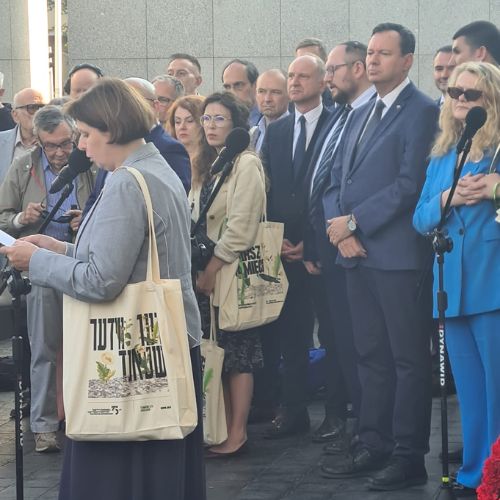Sets of lessons for teachers

Every year in Moreshet we write a few sets of lessons for teachers which receive approval by the Ministry of Education to be used in lessons at schools.
Each set of lessons is about a main subject or theme and is built from 5 lessons. Each lesson can be taught by itself or as a set of 5 lessons.
All the lessons were built to promote curiosity and active thinking in the students, and to experience an age appropriate learning experience about the Holocaust through the stories of individuals.
Each lesson is focused on one specific aspect and the full set will give a wide perspective on a specific subject related to the Holocaust.
The lessons are built for 9th-12th grade students.
*All the lessons set are in Hebrew
An example of sets:
First set – “What the holocaoust is?”
On the first of September 1939, WWII began when the German army invaded Poland.
From that day on, jews all across Europe experienced a drastic change in their life.
Some of them were put into a Ghetto in their home town, some in Ghettos in nearby cities, and some in faraway cities. Some were sent to Camps, some were banished from their homes, some were taken to a forest nearby where they found their death, some hid, some ran away.
Many traveled from one place to the other without knowing what the day will bring. The lessons in this set are focused on different experiences by different people across Europe which were either children or young adults during the war. We are going to try and understand the variety and amount of human experiences, challenges, fears, choices and seperations, from which we’ll try to acknowledge the size of destruction the Jewish people suffered throughout the Holocaust.
Each lesson is accompanied by short documentary videos from the “Generation to Generation” project that was created by Moreshet, Gvanim school, Menashe regional council and ‘ Reen non-profit organization’.
“Second set – “Brave choices of brave woman
Throughout history, the stories of men are the main stories that are told.
Even during WWII and the Holocaust, the darkest of times for the Jewish people and all of humanity, In which people exprerienced extreme and challenging times, there were people and among them Woman who chose to act bravely.
This set of lessons highlights the unique and brave choices made by woman that tried to fight for the human spirit and soul of mankind, woman that chose to lead and take care of not only themselves, but their families, their community and all of their surroundings.
In this set there are five lessons, each is based on a different woman who made such a choice. The goal of the lesson is for the students to get to know a variety of stories about a variety of woman and through them to learn about the situations people in the Holocaust experienced.
Some of the lessons is accompanied by short videos to help the students visualize and relate to these inspirational stories.
Third set – “The life in the ghettoes”
On the first of September 1939, WWII began with the German army invaded Poland. After Poland was occupied the Germans start building in it (and later in other occupied countries) Ghettos in which the Jews were forced to move into.
The Jewish life in the Ghettos were full of difficulties – massive density, hunger, low hygiene and sanitary conditions. To all of those were added uhmiliation by the Germans. Separation from their prewar societies and uncertainty for their future was added.
Despite all this, the Jews managed to have a social and spiritual life in the Ghettos, they took care of the children’s education and tried to keep their way life way as much as possible.
The lessons in this set are focused on those that tried to live a normal life as much as possible in a totally different reality, and deals with three main topics – the children’s life, documentation and education in the Ghettoes.
To every topic we dedicated either a lesson or two lessons.
The lessons are accompanied by short videos and texts.
Fourth set – “Youth resistance in the ghettoes”
On the first of September 1939, WWII began with the German army invaded Poland. After Poland was occupied the Germans start building in it (and later in other ocupaied countries) the Ghettos in which the Jews were forced to live under very difficult conditions.
Despite these conditions, there was individuals and groups of Jews that tried and succeed in opposing the Nazis in different ways – from spiritual to armed uprisings. Countless examples of these expressions of resistance can be found.
The lessons in this set are focused on the activities of youth movement and young people in the Ghettos and their attempts at opposing the Nazis. To Each subject we dedicated either one or two lessons.
The lessons are accompanied by short videos and texts.



